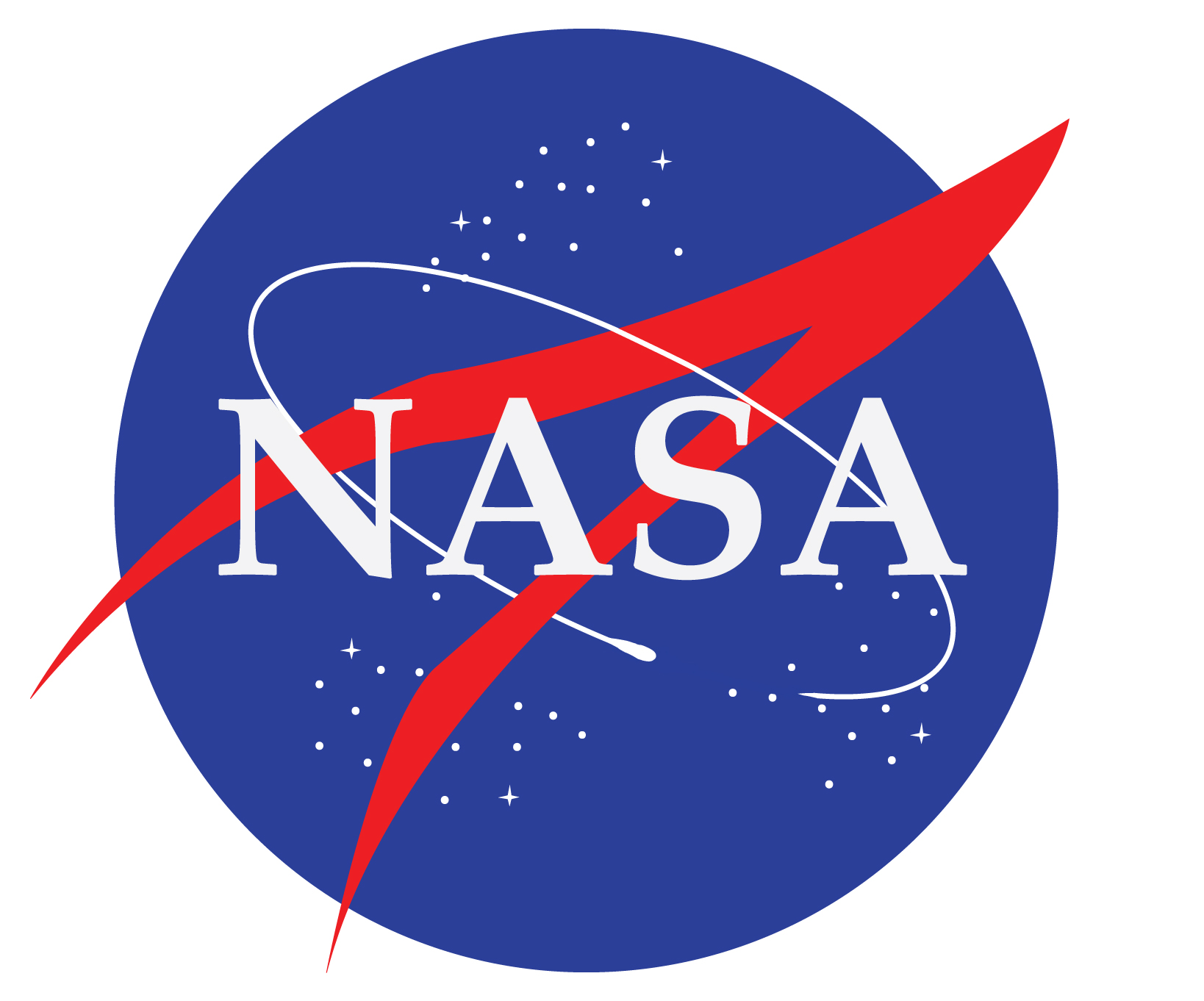The big NASA missions get a lot of press but there is a NASA program for smaller projects called the Discovery program. The program invites scientists and engineers to gather a team to design interesting and sharply focused planetary exploration missions to add to our knowledge of the solar system. The goal of the Discovery program is to achieve significant results by the launch of a lot of smaller missions that require fewer resources and shorter development times than the big NASA missions.
Discovery missions explore planets, moons and smaller bodies such as asteroids and comets. Some previous Discovery missions have carried out ground-breaking science missions. Each Discover mission takes a unique approach to the exploration of space. They accomplish tasks that have never been attempted before. They can also result in new technologies that may have terrestrial uses. Some previous Discovery missions include:
The Kepler space telescope was launched in order to monitor one hundred and fifty thousand stars for signs of solar transits that would suggest the existence of planets around those stars. It was launched in winter of 2009. A technical problem put the telescope out of commission in 2014. A second Kepler telescope was launched to continue the mission and was retired in fall of 2018. In total the Kepler telescopes observed over five hundred thousand stars and found two thousand, six hundred and sixty two extrasolar planets.
The Lunar Reconnaissance Orbiter (LRO) was a Discovery mission that launched in the middle of 2009. The purpose of the LRO robotic spacecraft was to map the lunar surface. After the first year of the mission, a unique set of scientific objectives was added to the mission profile. Important data was collected on the Moon during the mission.
The Mars Interior Exploration using Seismic Investigations, Geodesy and Heat Transport (InSight) mission was launched in the spring of 2018 with the purpose of carrying out a thorough examination of Mars. It studied the crust, mantle and core of the planet. It also measured tectonic activity and asteroid impacts.
The Discovery program at NASA has announced the selection of four proposed interplanetary missions which will receive three million dollars each. Next year one or two of them will receive additional funding for further development.
The Deep Atmosphere Venus Investigation of Noble gases, Chemistry, and Imaging Plus (DAVINCI+) is intended to send a spherical probe through the Venusian atmosphere to study the makeup of the atmosphere all the way down to the surface.
The Venus Emissivity, Radio Science, InSAR, Topography and Spectroscopy (VERITAS) mission is intended to map Venus with synthetic radar and an infrared imager.
The Io Volcano Observer is intended to execute a series of close flybys of Io, a moon of Jupiter. Io is volcanically active.
The Trident mission is intended to carry out a flyby of Triton, a moon of Neptune. It is speculated that Triton may have an ocean of liquid water beneath its icy surface.
There are two further Discovery missions that are being developed to carry out missions to two asteroids, Lucy and Psyche. The Lucy mission will launch in late 2021 to visit six trojan asteroids that travel in the orbit of Jupiter in order to unravel the formation of the solar system. The Psyche mission will launch in 2023 to visit a metal containing asteroid about three times as far from the Sun as the Earth to study planetary formation.
